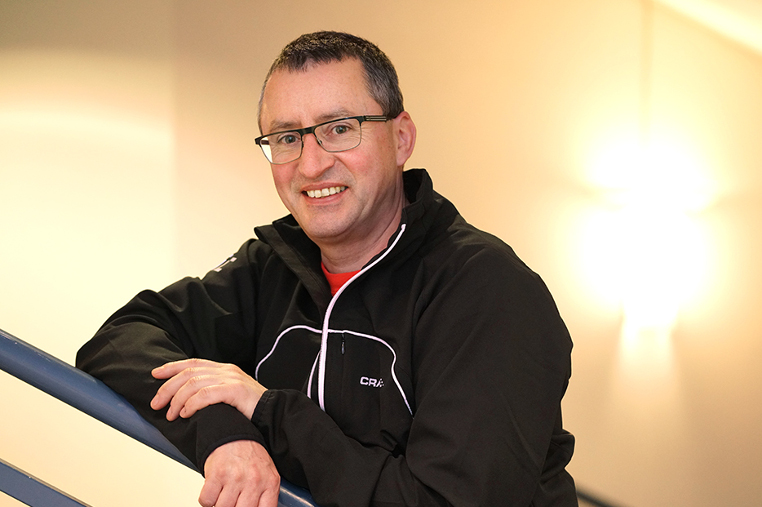John White new NeIC project manager for the Supporting EISCAT_3D-project
NeIC has hired Geneva-based physicist John White to support EISCAT_3D in meeting its e-Infrastructure and e-Science needs.
EISCAT_3D is a new radar system dedicated to observations of the Earth’s polar atmosphere. This Research Infrastructure for environmental science on the European Commissions ESFRI Roadmap will be operated by the EISCAT Scientific Association. EISCAT is currently funded by research councils in China, Japan, Finland, Norway, Sweden and the United Kingdom and has its headquarters in Kiruna, Sweden. EISCAT_3D stage 1 will operate at three sites in the far North.
“The goal of the project is to support EISCAT_3D to meet its e-Infrastructure and e-Science needs,” John White says.
The major of the NeIC activities related to EISCAT_3D are:
- To contribute to the preparation of the implementation of the EISCAT_3D e-Infrastructure by bringing together EISCAT radar expertise with the existing IT expertise in the Nordic national and international e-Infrastructures;
- To provide expert knowledge to support EISCAT_3D e-Science planning and computer hardware procurement;
- To function as moderator in discussions with the different stakeholders in the Nordic countries.
Initially, EISCAT’s instruments were intended to study the physics related to the aurora and the magnetosphere. Over the past 30 years, EISCAT science has developed and moved into new areas relevant to environmental and space weather research. As the first multi-static phased-array radar for atmospheric and near-Earth space observations EISCAT_3D will be the only system providing volumetric imaging of three component vector observations. It has unprecedented capabilities to study the coupling between the upper and lower atmosphere and linkages between the ionosphere and the magnetosphere. The system will also be used for the detection of meteors, near-Earth objects and cm-scale space debris and therefore have practical importance for applications such as global positioning, communications and space security.
John White will meet his new colleagues at the yearly NeIC All Hands meeting at the end of January 2015, and is looking forward to getting the project going:
“I expect to contribute to the expansion of the Nordic e-Infrastructure for this new EISCAT_3D challenge. It is interesting that not only is the science for this project performed at remote locations, it also produces data at a scale comparable to the LHC. I hope that this expanded e-Infrastructure and the associated techniques will ultimately benefit other areas of scientific research. I look forward to working with new colleagues and also continuing with old colleagues from the European Grid projects,” White says.
EISCAT_3D will be part of the unique infrastructures for arctic research located in Northern Scandinavia and enhance the scientific return from magnetometer networks, optical instruments and rocket and balloon launch sites.
John White explains:
“The main benefits for Nordic researchers are to help build and operate a cutting-edge research facility with globally unique capabilities, to strengthen their weight within research communities, and to foster collaboration at Nordic level between national research groups and national e-Infrastructure providers. In addition, the cost saving and optimization effects are especially of interest; the project aims to reduce the cost for the EISCAT_3D data archive solution, and to develop cost-efficient network connections across borders.”
The Supporting EISCAT_3D project is running 15.1.2015 - 14.1.2018, at start jointly funded by EISCAT and NeIC, and with one employee: project manager John White. White will collaborate with national e-Infrastructure providers, and be in close interaction with other strategic areas within NeIC (Nordic Tier-1, and Generic area).
About John White
John White, 48, lives near Geneva, Switzerland and holds a 50% position as project manager with NeIC in the Supporting EISCAT_3D project. He was educated at the University of Victoria in Canada and holds a PhD in Physics focusing on LEP Standard Model measurements. He has worked since 1999 based at CERN and has experience in distributed computing since 2000 through the series of European Grid projects. Roles have ranged from: software developer in security and secure data management; manager of security middleware for European e-infrastructures; installation and commissioning of Grid and Cloud e-infrastructure for Physics production.

